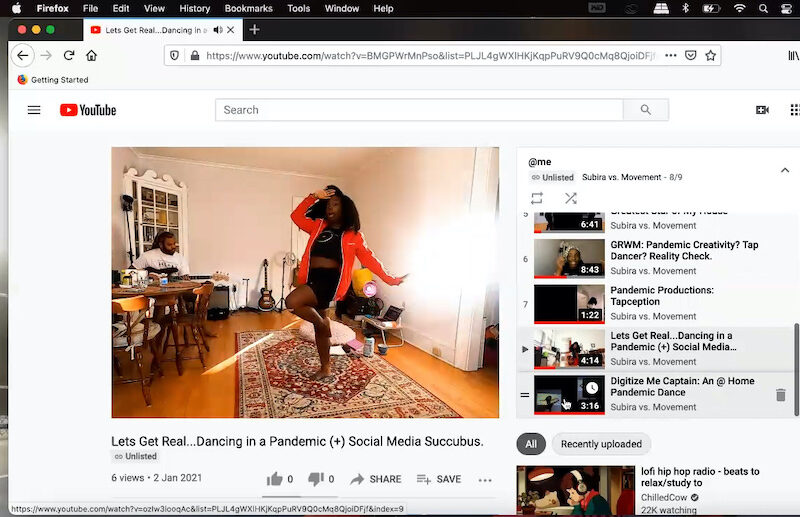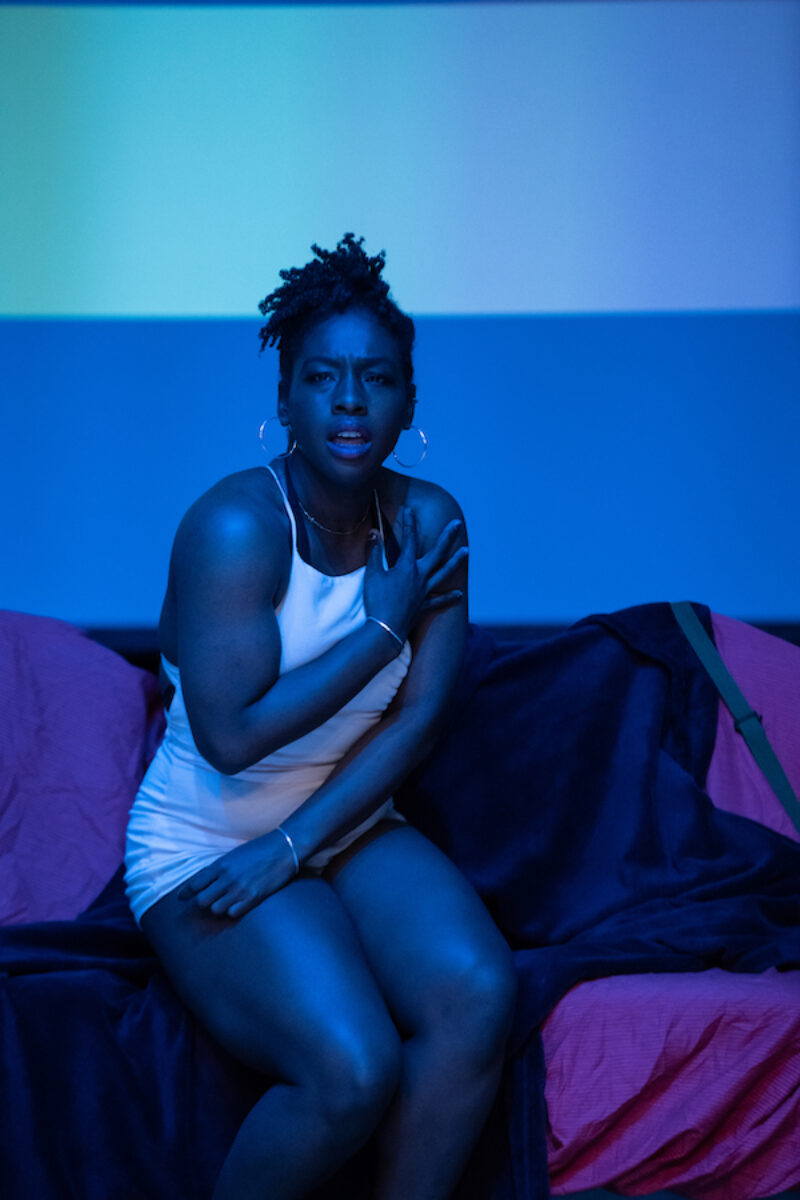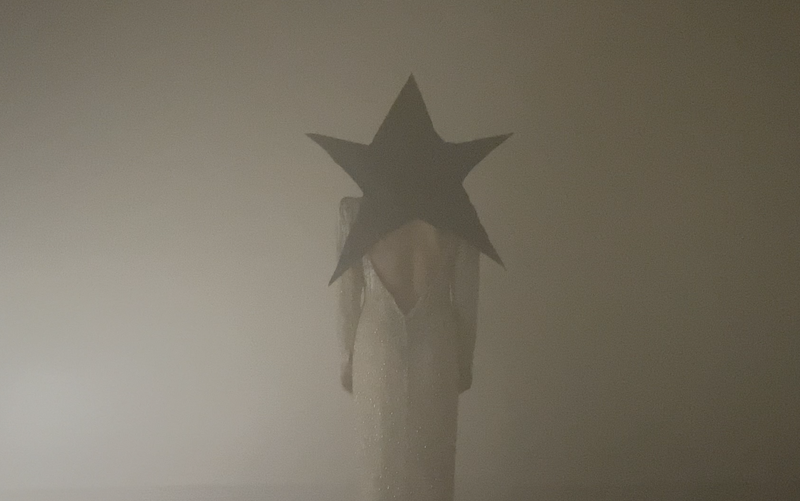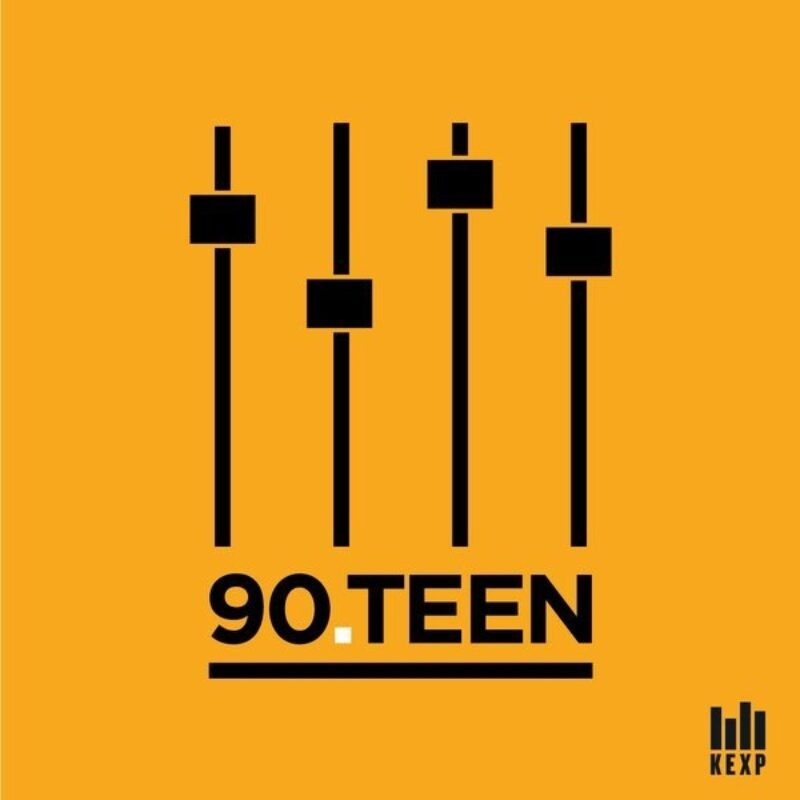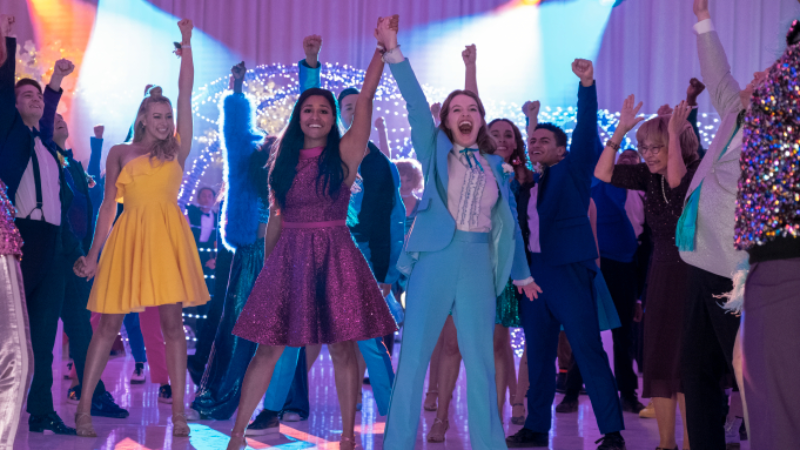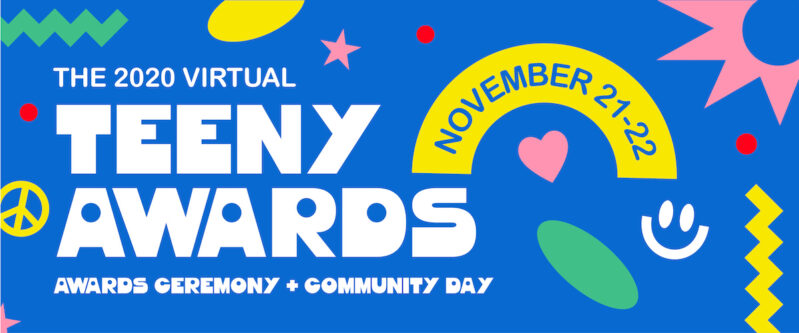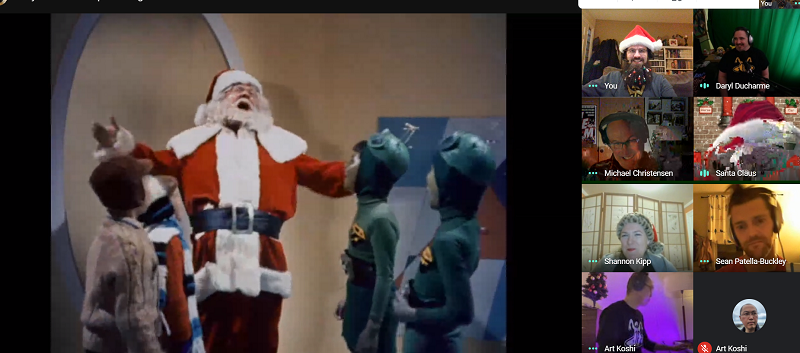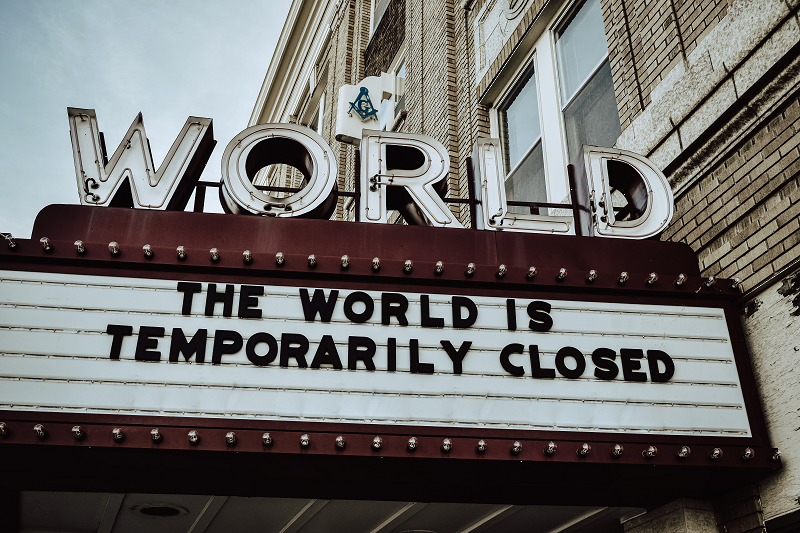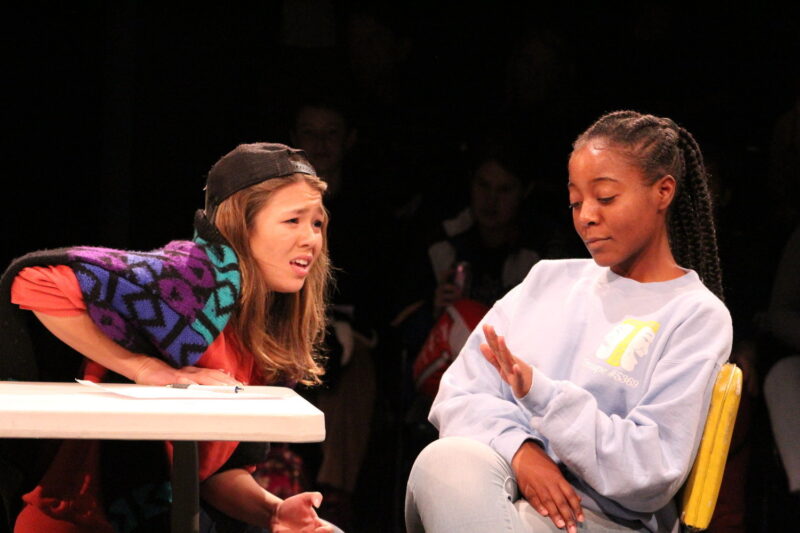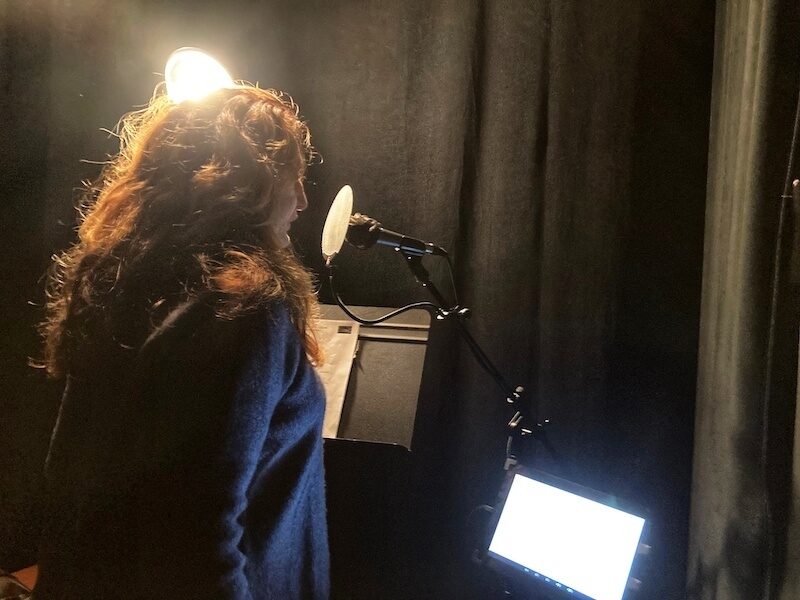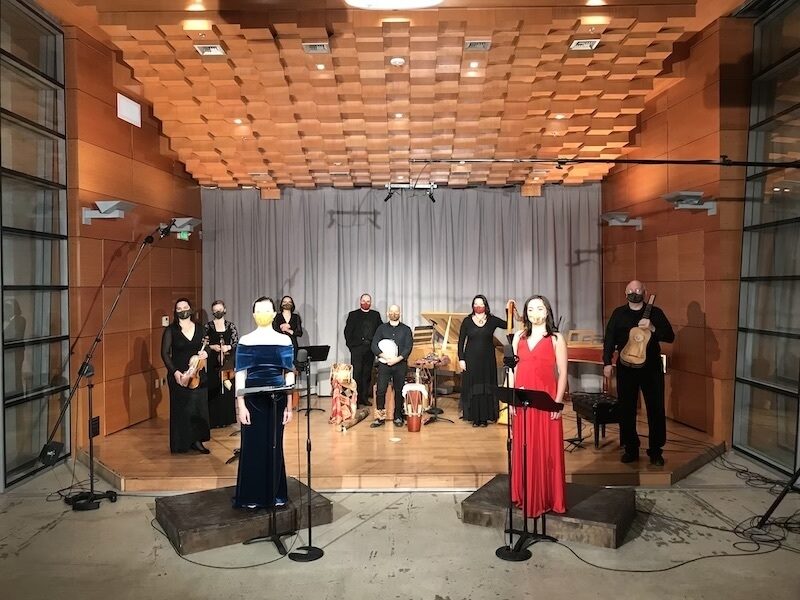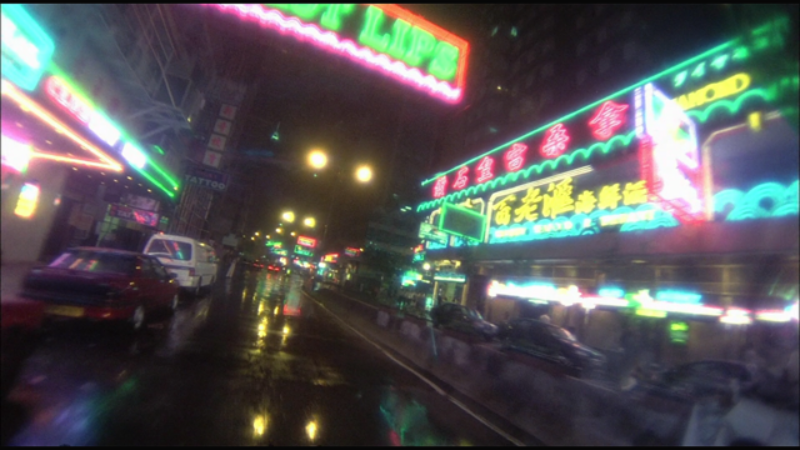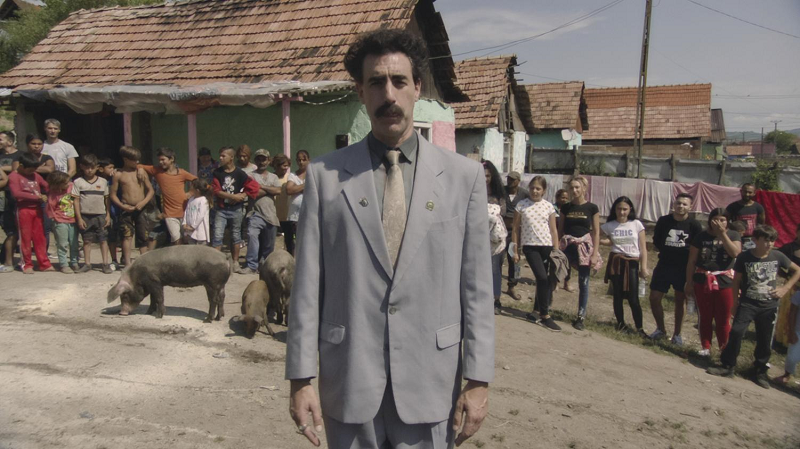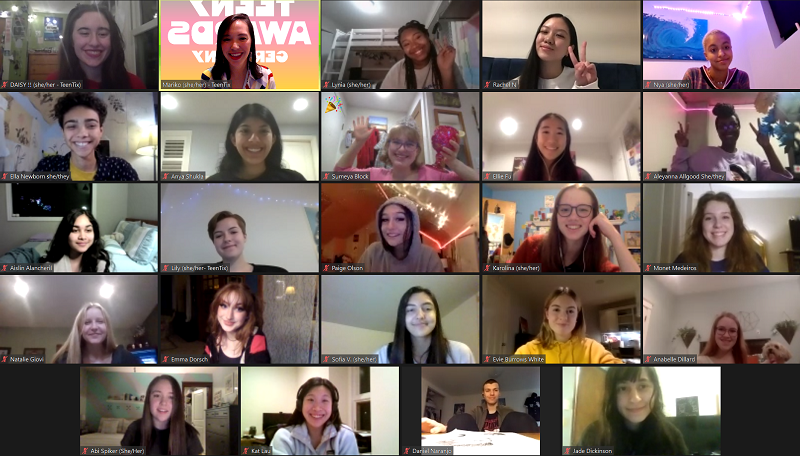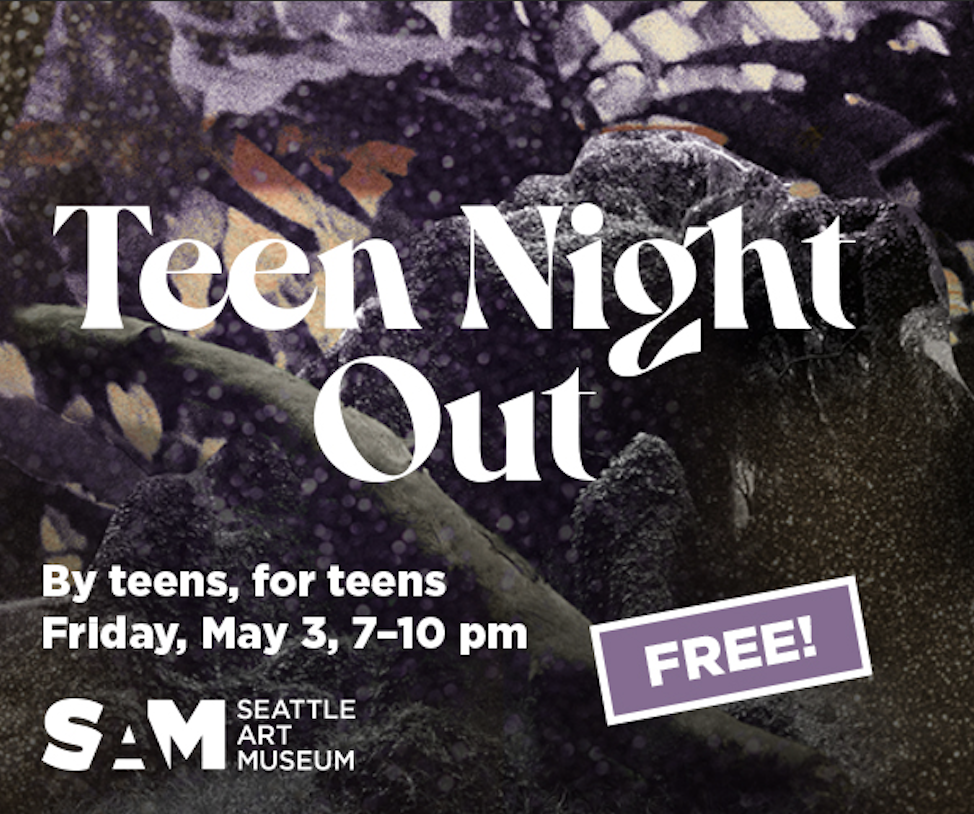Outside the Narrative of Capital-D Dance: Respecting Worth and Identity
Interview with choreographer Lauren Horn, presented by CHOP SHOP Dance Festival
Written by Paige Olson during TeenTix’s Arts Journalism Intensive with CHOP SHOP
Lauren Horn is reimagining her dance career by shaping it around her own joy. She was dancing in a studio before she learned to read, and “the dream of dance” was explained to her very specifically: Practice dance. Practice some more. Then join a “Capital-D Dance” company.
“Barely anyone can get to that,” Horn said.
Majoring in Psychology as well as Theater and Dance, Horn took a different route with her work. Now, she is working towards the lifelong goal of having a sustainable dance career—one that works for her and brings her joy.
Growing up in small-town in Connecticut, Horn’s vision of dance was shaped largely by the African culture and community fostered in her studio. She was put into class at a young age for exercise. But dance would eventually bring much more to her life. Horn was shy, and used movement as an outlet, starting with tap, moving on to modern and ballet—she just kept dancing. The fact that she didn’t talk much in her youth is ironic—considering that much of her career now is talking while dancing. In the present, she is still struggling with her goal. The thought being ingrained into her that her ideas mean less because she is not in the “Capital-D Dance” industry, Horn is constantly striving to accept herself outside of that narrative, and respect her worth as an independent artist.
One part of this goal is her culture and ancestry. Racial diversity in “Capital-D Dance” is lacking, and Horn is proud of her Blackness. She described this feeling as that she is the sum of her family and her ancestors—a powerful message. Her stage name, Lauren Horn//Subira Vs. Movement, embodies this. Subira is her middle name, something that feels central to her. It is a word with origins in Swahili, and means “Patience is Rewarded.” Horn is constantly trying to be patient—a quality she feels is hindered by the use of social media.
Lauren Horn is Subira Vs. Movement. This is not only a movement company, it is also text based. Essentially, she talks while she dances. This however, is a gross understatement of what her work is. It is not only an exploration of her own identity, but encourages the audience to reflect on themselves. She brings things back to the present: how does one’s interactions through technology make a person feel? Watching Horn perform is an immersive experience, with deliberate setting, lighting, and costuming.
Like many, she has struggled to navigate creating art through the pandemic. “I miss the stage,” Horn says, speaking for both herself and for many performers globally. She asks herself, “What is the standard for art in a pandemic?” and “How does one even create dance when you are stuck inside?” Dance-lovers have plenty of interesting options to choose from as artists try to capture their attention through the screen. However, her work is unique in that even before COVID-19 it involved many digital elements. In fact, technology is the focus of many works of hers. Horn’s personal favorite of her pieces—Techn0Whore— explores identity and the internet, in the same space. She assumes her online personality and asks questions about what identity is on the internet. In talking about the background behind the piece, Horn mentioned the question “Why did posting in seventh grade feel so fun, and now it doesn't?” Asking questions like these is her constantly changing process in creating—having conversations with people about her feelings, and their feelings, channeling that into movement. She had a lot of fun creating this piece, something that ties back into her goal of working to bring herself joy.
Horn has been thrown into the focus of her work, namely technology, which is a lot. Her upcoming piece @Me, will be showcased in the CHOP SHOP: Bodies of Work festival on February 4, and explores this concept. In her words, @Me is an immersive piece that looks at the chaos of being trapped in a pandemic with a computer being the only outlet to reach people. This piece made Horn realize what her art is and how it makes her feel. It helps her deal with the struggle that her art is smaller right now than it ever has been. She questions herself—“Maybe I’m a Luddite,” or wakes up wishing she was a “Capital-D Dancer” at times. But that is the point of her work, to ask questions, and to explore them.
You can see Lauren Horn's work at CHOP SHOP Dance Festival’s online offering. The dance films are available on their website through March 31, 2021.
Lead Photo Credit: A still from @Me, choreography, videography, and performance by Lauren Horn.
The TeenTix Press Corps promotes critical thinking, communication, and information literacy through criticism and journalism practice for teens. For more information about the Press Corps program see HERE.
This review was written as part of an Arts Journalism Intensive with CHOP SHOP Dance Festival which was held January 10-31, 2021. The workshops was taught by Press Corps teaching artist Gabrielle Kazuko Nomura Gainor.
This workshop was generously sponsored by Case van Rij and the Glenn Kawasaki Foundation.

